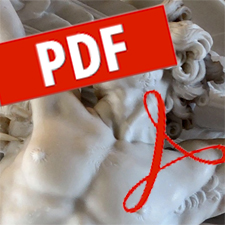Our attention in this paper is to the relationship between society and science in science-based innovation processes. We propose that citizens’ and scientists’ actions are interlaced and that civil society provides a platform on which novel approaches to innovation may be formed. The empirical focus is set on stem cells and regenerative medicine in California, and the emergence of the California Institute for Regenerative Medicine (CIRM). In an effort to advance the area, a coalition of actors went beyond conventional roles and ventured into a broader realm of ‘innovation in innovation’, creating a new financial and organizational model. This has played out in a number of interesting and fruitful ways, and implications can be drawn for innovation policy and practice.

PAGES
369 – 384
DOI
All content is freely available without charge to users or their institutions. Users are allowed to read, download, copy, distribute, print, search, or link to the full texts of the articles in this journal without asking prior permission of the publisher or the author. Articles published in the journal are distributed under a http://creativecommons.org/licenses/by/4.0/.
Issues
Also in this issue:
-
Ryan Jenkins, David Černý and Tomáš Hříbek (eds) Autonomous Vehicle Ethics: The Trolley Problem and Beyond
-
As open as possible, but as closed as necessary: openness in innovation policy
-
Turning sportswashing against sportswashers: an unconventional perspective
-
State secrets and compromises with capitalism: Lev Theremin and regimes of intellectual property
-
In search of an author
Citizen-driven innovation: stem cell scientists, patient advocates and financial innovators in the making of the California Institute of Regenerative Medicine (CIRM)
Article